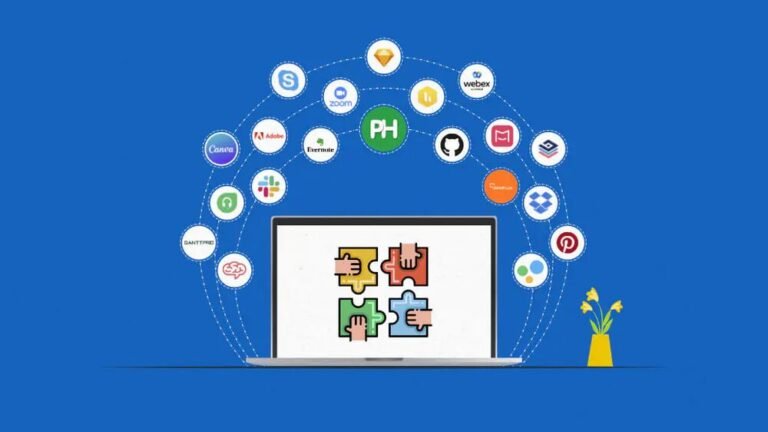Beyond Resumes: Leveraging Technology for Smarter Candidate Assessment

The Limitations of Traditional Resume-Based Hiring
Resumes have long been the cornerstone of recruiting processes, offering a standardized way for candidates to present their skills and experiences. However, relying solely on resumes can be limiting. Resumes often fail to picture a candidate’s abilities and potential fully. They are prone to embellishment and may not accurately reflect a candidate’s fit for a specific role. Moreover, the traditional resume review process can be time-consuming and burdensome for hiring managers, who might overlook key talents simply due to the volume of applications received.
Technological Tools for Enhanced Candidate Assessment
Companies increasingly leverage technology to address these limitations, enhance candidate assessment, and make smarter hiring decisions. Tools such as applicant tracking systems (ATS), psychometric assessments, and video interviewing platforms offer more comprehensive insights into a candidate’s qualifications and cultural fit. These technologies can screen, evaluate, and shortlist candidates more efficiently, providing hiring managers with the detailed information they need to make informed decisions.
For example, an ATS can automatically scan resumes for keywords and criteria set by the employer, reducing the amount of manual sorting and initial screening required. Psychometric assessments can measure cognitive abilities, personality traits, and other factors crucial for job performance but are not easily quantifiable through resumes alone. Furthermore, video interviewing platforms can capture non-verbal cues and candidate demeanor, enabling a more holistic evaluation.
The Role of AI and Machine Learning in Recruitment
The field of recruitment is changing due to the introduction of smarter algorithms that can learn from data and improve over time, thanks to artificial intelligence (AI) and machine learning. AI-powered technologies can reduce human bias and improve recruiting decisions by analyzing large volumes of data to predict a candidate’s success in a particular role. These systems can use a range of information, including employment experience, talents, web presence, and even social media activity, to generate a comprehensive profile of each candidate.
Machine learning algorithms can also identify patterns and trends in successful hires, enabling recruiters to fine-tune their criteria and strategies continuously. These tools can help organizations stay ahead by constantly learning and adapting in the competitive talent market. AI-driven chatbots, for example, can handle initial candidate queries, schedule interviews, and even conduct preliminary assessments, freeing up valuable time for human recruiters to focus on more strategic tasks.
Improving Candidate Experience with Technology
Technology can significantly improve the hiring process, which makes the candidate experience crucial. Automation tools can streamline application processes, offering candidates a seamless and efficient experience. Candidates’ worry and uncertainty are decreased when they receive personalized information via AI-driven systems that update them on their application progress and subsequent stages.
Virtual reality (VR) and augmented reality (AR) are also making their way into recruitment, offering immersive experiences that allow candidates to get a feel for the company culture and the role they are applying for. As a result, the application process becomes more exciting, and candidates can better decide whether they are a good fit for the business. For example, a VR tour of the workplace can give candidates a realistic view of their potential working environment, helping them visualize what it’s like to be part of the team.
Real-World Examples of Successful Tech-Driven Recruitment Practices
Several companies have successfully leveraged technology to revolutionize their hiring processes. For instance, a multinational retail corporation used AI to analyze video interviews, assessing candidates’ language use, facial expressions, and tone of voice. This approach allowed the company to identify high-potential candidates who might have been overlooked based on resumes alone.
Another example is a global software firm that implemented a gamified assessment platform to evaluate candidates’ problem-solving skills and ability to think independently. This innovative method provided a more engaging experience for candidates. It offered the firm deeper insights into their cognitive skills and creativity. Companies like these demonstrate that integrating technology into recruitment can lead to more accurate, efficient, and enjoyable hiring processes.
Conclusion
As the recruitment landscape evolves, it is imperative to move beyond traditional resume-based hiring practices to uncover the best talent effectively. Numerous tools and solutions made possible by technology can revolutionize the applicant assessment process, increasing its intelligence, effectiveness, and success. By leveraging AI, machine learning, and other innovative technologies, organizations can gain deeper insights into candidate potential and build stronger, more capable teams.






